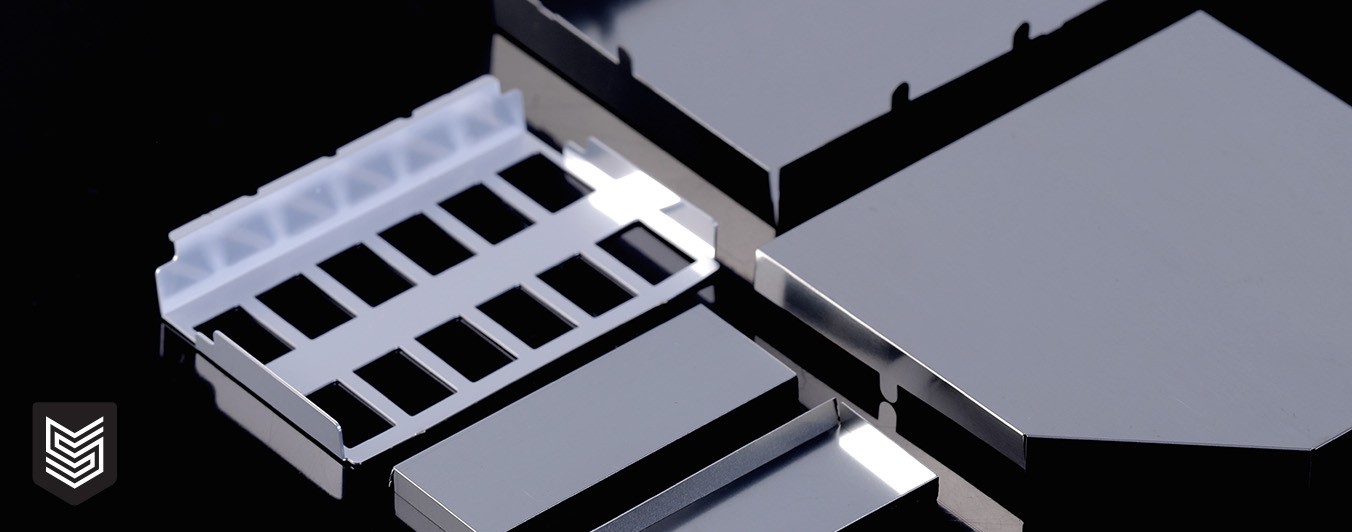Why EMI Shielding Is Crucial for EMI Compliance

From simple consumer devices to cutting-edge aerospace equipment, all electronic devices share the electromagnetic spectrum. In close proximity, these devices readily interfere with each other’s performance. Radiated interference (RFI) travels via radio waves, and conducted interference occurs due to the magnetic fields generated by power and data cables.
Ultimately, this interference can lead to poor performance, equipment malfunctions and even the loss of critical data. Not surprisingly, a variety of regulatory bodies have established electromagnetic compatibility (EMC) standards to allow electronic systems to operate safely in our increasingly digital world.
One of the best ways to comply with these standards and ensure reliable performance is to employ EMI (electromagnetic interference) shielding. Simply put, EMI shielding is the practice of surrounding electronic devices with magnetic materials that curb the flow of electromagnetic emissions.
This post will further explain the reasons behind today’s EMC standards and the ways in which EMI shielding can help maintain compliance.
The Evolution of EMC Standards and Regulation
Controlling EMI has been a challenge since radio communication became popular in the early 20th century. The International Electrotechnical Commission first convened its Special Committee on Radio Interference (CISPR) in 1933, which led to the publication of measurement and testing techniques regarding emissions limits. These recommendations have evolved throughout the last century, forming the basis of many worldwide regulations in place today.
In 1979, the Federal Communications Commission (FCC) imposed the United States’ first legal limits on electromagnetic emissions, which are constantly changing as computers and mobile devices grow in popularity and complexity. The European Union enacted similar standards throughout the 1980s, largely in attempts to limit trade barriers between member nations. Today, the Food and Drug Administration’s Center for Devices and Radiological Health (CDRH) also asserts regulatory authority specifically over electronic medical devices.
Meeting Standards with EMI Shielding
In most industries, electronic products must meet specifications related to the maximum emissions that escape from a system, as well as the maximum interference the system itself can withstand. The former set of requirements protects the electromagnetic “environment” in which the device operates, while the latter protects users from malfunctions and data corruption.
EMI shielding is one of the best ways to control a system’s emissions in both directions. Typically constructed from flat sheets of dense materials, shields weaken incoming and outgoing interference by reflecting and absorbing electromagnetic waves. From cell phones to microwaves to power cables, all manner of common devices are manufactured with EMI shields.
Determining Your Regulatory Requirements
Specific EMC standards vary widely between industries, environments and countries. For instance, the standards governing lifesaving medical devices are more stringent than the regulations that limit interference between your microwave, cell phone and vacuum cleaner.
For any electronics device, shielding requirements will ultimately depend upon the emissions and immunity guidelines set by the relevant regulating bodies. CISPR, IEC and ISO (International Organization for Standardization) are a few of the most common sets of standards, and each includes subsets related to specific industries.
Achieving Greater Efficiency, Lower Costs and Higher Product Quality
Ultimately, well-designed shielding not only facilitates EMI compliance—it cuts costs, raises efficiency and improves product quality. However, these improvements are far more feasible when shielding is considered throughout the design process. OEMs all too often wait until the last minute to add shields to their products’ enclosures, resulting in redesigns, shipment delays and higher production costs.
Of course, achieving optimal design is easier said than done. A fully sealed enclosure of thick, heavy-gauge material will invariably meet compliance requirements, but OEMs have more specific demands. Enclosures must account for slots, openings, power input, data cables, heat management and a variety of other factors. When a product must stay within a certain weight limit, accounting for all these variables becomes even more difficult.
At Switzer, our team is here to help you make the best decisions regarding your EMI shielding design and implementation. With our decades of combined experience in EMC regulations and shielding technologies, we’ll help you achieve compliance and optimization.
Already have an EMI shielding design ready to share? Upload it here to start your project.
Read More →


